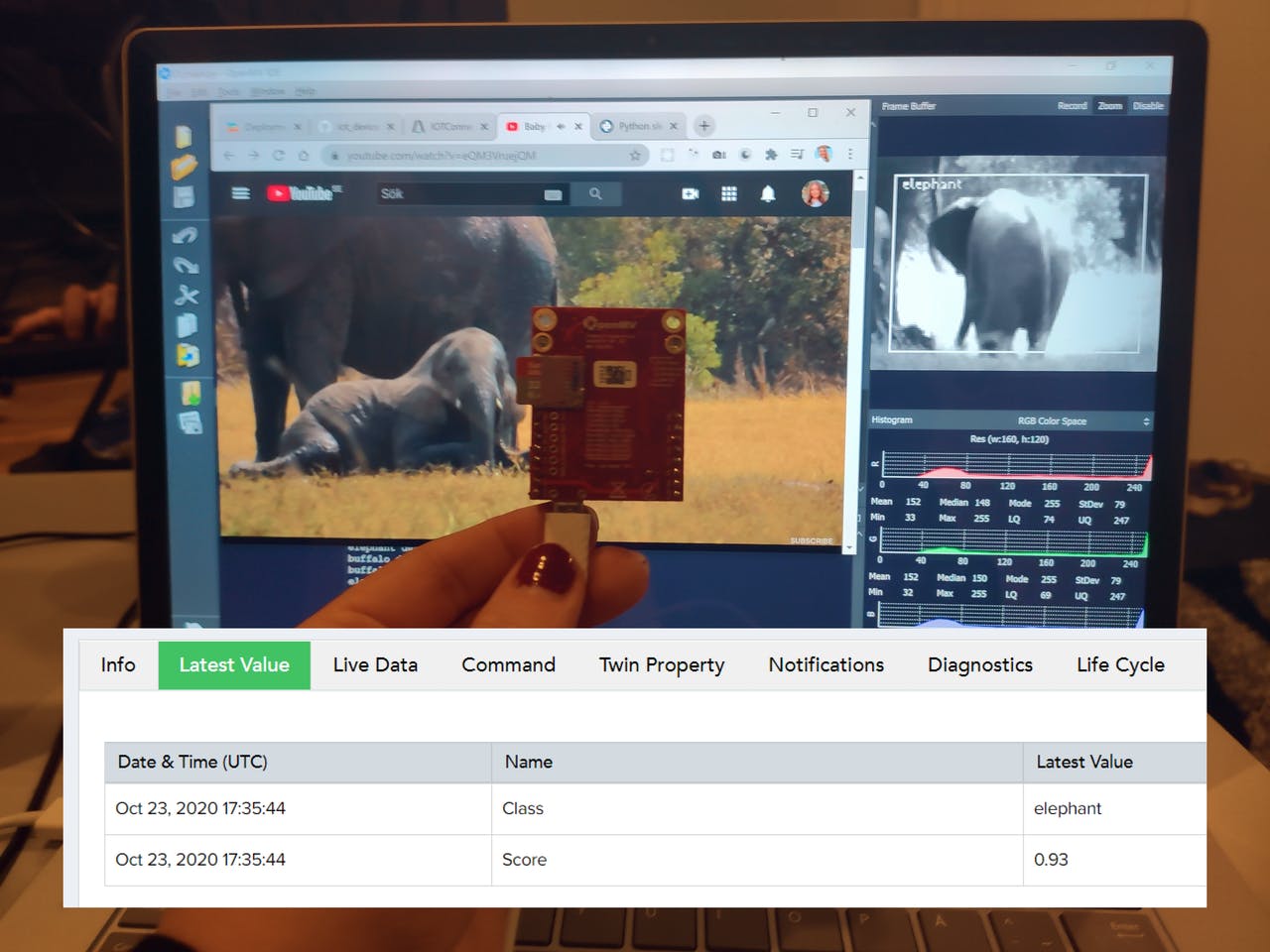How AI and Machine Learning Are Revolutionizing Elephant Conservation
Elephants—the majestic giants of the African savanna—are facing an existential crisis. With one elephant killed by poachers every 15 minutes, their survival hangs in the balance. While most people aren’t directly involved in poaching or wildlife harm, indifference only exacerbates the problem. But what if cutting-edge technology could tip the scales in their favor?
The Intersection of AI and Wildlife Protection
Machine learning (ML) and artificial intelligence (AI) are no longer confined to tech labs—they’re now powerful tools in the fight to protect endangered species. A groundbreaking initiative, ElephantEdge, is leveraging these technologies to create the most advanced elephant-tracking collars ever developed.
The Birth of ElephantEdge
Six months ago, amid the global COVID-19 pandemic, Hackster.io (an open-source community) and Smart Parks (a Dutch conservation group) rallied tech leaders like Microsoft, u-blox, and Edge Impulse to fund and develop 10 state-of-the-art tracking collars. These collars would feature:
- Extended battery life (up to 8 years)
- Expansive LoRaWAN networking range (hundreds of miles)
- TinyML models for real-time elephant monitoring
All designs and software were made open-source via OpenCollar.io, ensuring global accessibility for conservation efforts.
Inside the World’s Most Advanced Elephant Tracker
The ElephantEdge collar, engineered by Irnas, is a game-changer for wildlife conservation. Here’s why:
- Human Presence Detection: Uses audio sensors to alert rangers of poaching risks.
- Elephant Activity Monitoring: Tracks behaviors like running, sleeping, and grazing via accelerometer data.
- LoRaWAN Connectivity: Transmits critical data directly to rangers’ devices.
“Elephants are the gardeners of ecosystems. Their survival is vital, and this technology gives us unprecedented insight into their behavior.” — Tim van Dam, Smart Parks Co-Founder
Community-Powered Innovation
The project’s success hinged on global collaboration:
- Swapnil Verma & Mausam Jain developed Elephant AI, refining ML models for poacher detection and activity tracking.
- Sara Olsson, a Swedish engineer, built a TinyML dashboard to optimize camera traps and reduce battery drain—validated by 1,155 data models.

Image Credits: Sara Olsson
The Bigger Picture: Technology Alone Isn’t Enough
While ElephantEdge is a leap forward, the root issue—human behavior—remains. As conservationist Richard Leakey notes:
“Only 3% of Africa’s hunting revenue reaches local communities. Elephants don’t need to die for economic growth.”
Key Takeaways:
- Tech for Good: AI collars provide real-time data to protect elephants.
- Global Collaboration: Open-source solutions amplify impact.
- Cultural Shift: Ending the ivory trade is critical for long-term survival.
By combining innovation with systemic change, we can ensure these gentle giants roam freely for generations to come.












